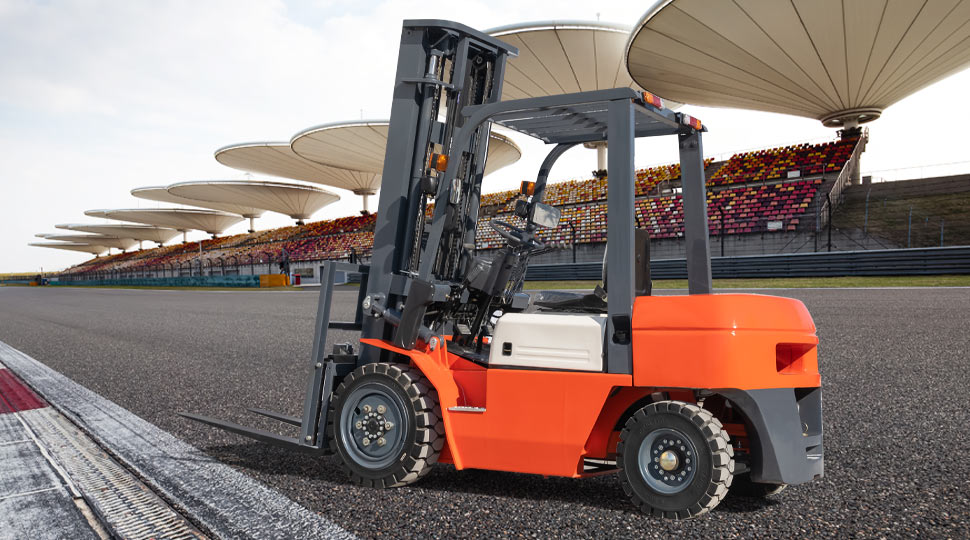Forks failing to lift, descending slowly — when the hydraulic system of Agricultural Handling Forklift "acts up", transportation in Brazilian sugarcane fields has to stop, and loading/unloading in Argentine soybean farms has to halt. In fact, there’s no need to wait for the maintenance team; these 5 quick troubleshooting methods can identify the problem in 30 minutes.
Pressure test determines the cause
Use a pressure gauge to measure the hydraulic system pressure of Agricultural Handling Forklift (normal range: 16-20MPa). A pressure below 16MPa may indicate pump wear. A farm test shows: insufficient pressure caused slow fork lifting; after replacing the pump, efficiency was restored, avoiding a 24-hour shutdown.
Feel for leaks in pipelines
After shutting down, feel the hydraulic pipelines of Agricultural Handling Forklift — areas with abnormal temperature may have leaks (leak points heat up due to pressure). Apply soapy water to joints; bubbling areas are hidden hazards. Replacing seals promptly saves 80% of costs compared to replacing the entire pipeline.
Filter paper identifies oil cleanliness
Drop hydraulic oil from Agricultural Handling Forklift onto filter paper. If, after diffusion, the central black spot is large and the outer oil ring is narrow, it indicates excessive impurities (agricultural scenarios easily mix in soil). Change the oil and clean the tank immediately; otherwise, valve jamming may occur in 3 days.
Be alert to excessive oil temperature
Feel the fuel tank during operation. If the oil temperature of Agricultural Handling Forklift exceeds 60℃ (too hot to touch), the cooling net may be blocked (crop straw in farmland easily clogs the net). After cleaning, oil temperature drops by 15℃, and lifting/lowering speed increases by 30%.
Check for aging seals
Aging seal rings in the fork cylinder of Agricultural Handling Forklift can cause oil seepage. Check for oil stains on the piston rod; replace with oil-resistant rubber parts (twice as long-lived as ordinary parts). A maintenance team solved the slow descending problem in 30 minutes with this method.
Agricultural Handling Forklift in agricultural scenarios requires more frequent maintenance: due to high dust, the hydraulic oil replacement cycle is shortened to 200 hours (300 hours for ordinary scenarios); replace waterproof seals before the rainy season to prevent rainwater from mixing into the oil.
Want to master more detailed troubleshooting skills? Click to book and get Hydraulic System Fault Troubleshooting Video Tutorial for free (including tool usage demonstrations + explanations of common misunderstandings). When the hydraulic system of Agricultural Handling Forklift rarely "acts up", farm work can keep up with schedules. Come inquire about suitable models!

